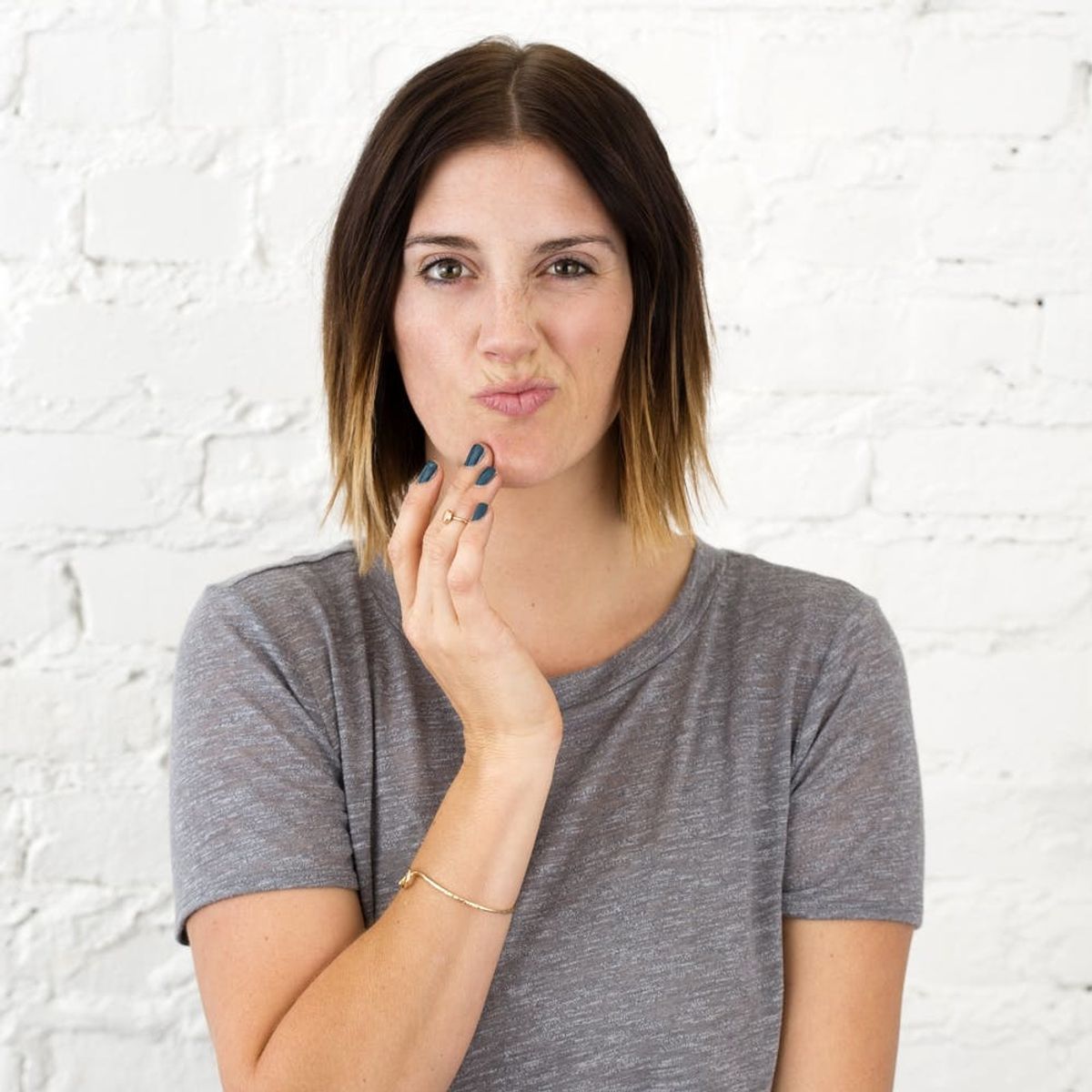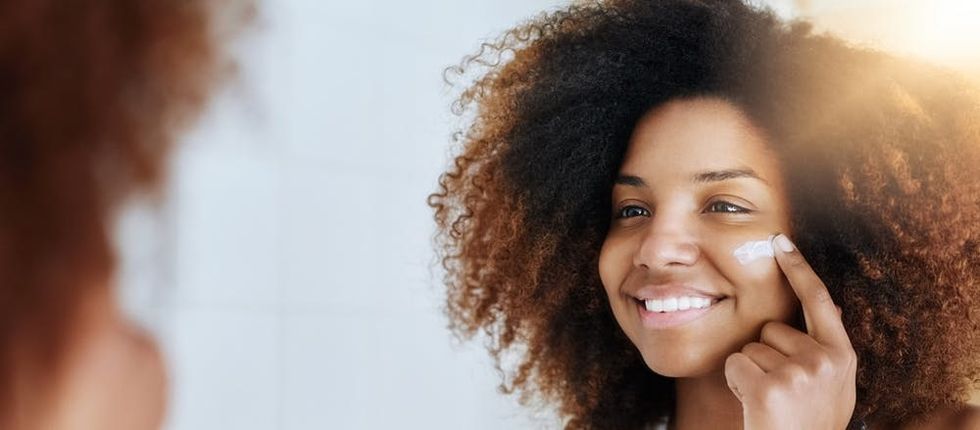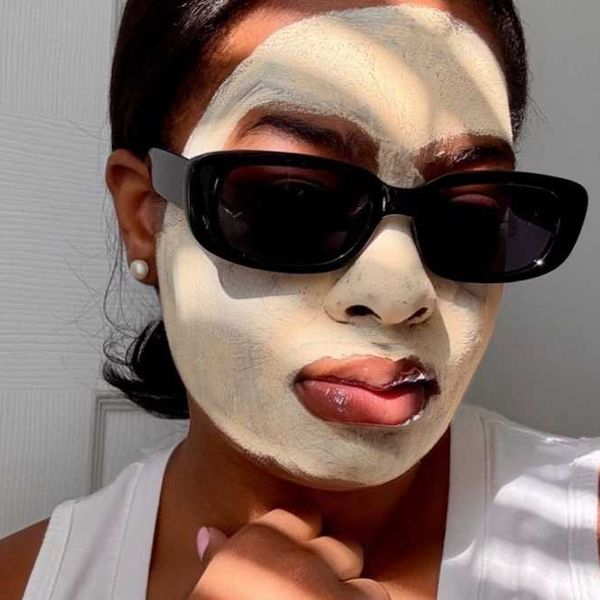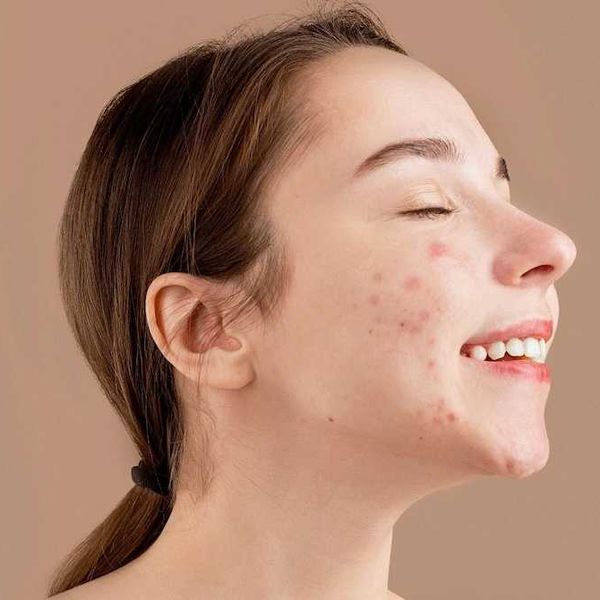Not all treatments are created equal.
How to Choose the Best Acne Treatment for Your Breakouts

Finding the right treatment for acne breakouts can be beyond frustrating. There are three major players with proven track records for blasting blemishes: salicylic acid, benzoyl peroxide, and sulfur. But even with only a handful of options, treating can get tricky. Sejal Shah, New York City-based cosmetic dermatologist and founder of SmarterSkin Dermatology, says that although each ingredient is an effective solution, they all work differently and should be chosen based on your skin type and specific breakout. Scroll on for her advice about how to find the option that’s best for you.

1. Decipher the difference. Deep down, what causes acne lesions are clogged pores. Salicylic acid, benzoyl peroxide, and sulfur all work to clear blocked pores, but each in a particular way. Salicylic acid treats blemishes by increasing cell turnover and exfoliating skin, so it helps to unclog. Benzoyl peroxide primarily works as an antimicrobial, targeting the acne bacteria. Shah says that sulfur, which is both an antimicrobial and has keratolytic (exfoliating) properties, works like a combination of salicylic acid and benzoyl peroxide to rid skin of excess dead skin cells which can settle into pores, and to stop and kill the overgrowth of bacteria. “These [ingredients] are best for mild to moderate acne, and while they can be used for more severe acne they may not work as well,” explains Shah.
2. Determine the type of breakout. While all three can work against various types of acne lesions (e.g. comedones, papules, or pustules), Shah notes that one may be better suited than the others for specific blemishes. For example, comedone pimples (blackheads and whiteheads) occur when the pore is blocked, so using a salicylic acid or sulfur may be more beneficial as they help exfoliate the skin. However, papules, red bumps, and pustules (which look similar to papules but contain pus), usually have more bacterial overgrowth, so using benzoyl peroxide in these instances may be more helpful. Papules, pustules, and nodulocystic lesions — which tend to be larger, deeper, and more painful than papules and pustules — are usually considered more inflammatory.
3.Consider your skin type. Everyone’s skin has different reactions to products, and this is certainly the case when treating acne. “I find that combination and oily skin typically tolerate these ingredients,” says Shah. So either benzoyl peroxide, sulfur, or salicylic acid should work for those skin types. Shah recommends that sensitive skin types start with a single, low dose of salicylic acid or sulfur, which are better tolerated. Also make sure that the other products in your regimen are gentle.
4. Plan out your product use properly. The more exfoliating ingredients like salicylic acid and sulfur are best used at night, but Shah advises that if you’re also using other potentially drying ingredients at night, such as retinoids, you may want to treat your acne during the day to help give your skin some relief. “I generally recommend starting with low concentrations, every other day use, and gradually increasing, especially if you have dry, sensitive skin,” says Shah.
5. Combine your treatments. Using these three ingredients together can be more effective than using them individually for attacking stubborn breakouts. “Combining is often beneficial if you have a mix of different types of acne lesions, for example, comedones and papules, or if your acne isn’t responding to a single ingredient,” Shah notes. But she also adds that you should cocktail strategically. “For example, if you are planning on using a benzoyl peroxide and salicylic acid product, use one in the morning and the other at night,” suggests Shah.
6. Monitor moisture levels. Shah warns that all of these ingredients can be drying, so if your skin is already prone to being parched or sensitive, you may experience excessive dryness or irritation. Keeping skin moisturized is essential. If your skin starts to feel dehydrated, Shah recommends discontinuing the use of the product and switching to more gentle formulas made for sensitive skin. You can also use an OTC hydrocortisone if needed. If any flaky, red, or itchy skin persists for more than a week after stopping the treatment, see a dermatologist.
7. Watch for side effects. When treating acne, skin irritation can result from a number of factors, such as the concentration of active ingredients, how it’s delivered or the formulation, and skin type. “In my anecdotal experience I have found benzoyl peroxide to be more irritating, but often this is because people are using very high concentrations or too much,” Shah explains. And in order to not exacerbate your acne, or create any post-inflammatory acne marks, sunscreen is a must. Shah says that you don’t necessarily have to avoid sun exposure altogether, but sunscreen needs to be a part of your daily routine — whether you’re on an acne regimen or not.
Want more beauty advice? Follow us on Pinterest!
(Photo via Getty; featured photo via Brit + Co)



















